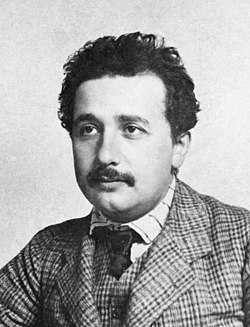This article possibly contains original research .(April 2012) |
The timeline of quantum mechanics is a list of key events in the history of quantum mechanics, quantum field theories and quantum chemistry.
Contents
- 19th century
- 20th century
- 1900–1909
- 1910–1919
- 1920–1929
- 1930–1939
- 1940–1949
- 1950–1959
- 1960–1969
- 1971–1979
- 1980–1999
- 21st century
- See also
- References
- Bibliography
- Notes
- External links
The initiation of quantum science occurred in 1900, [1] [2] [3] originating from the problem of the oscillator beginning during the mid-19th century. [4]







